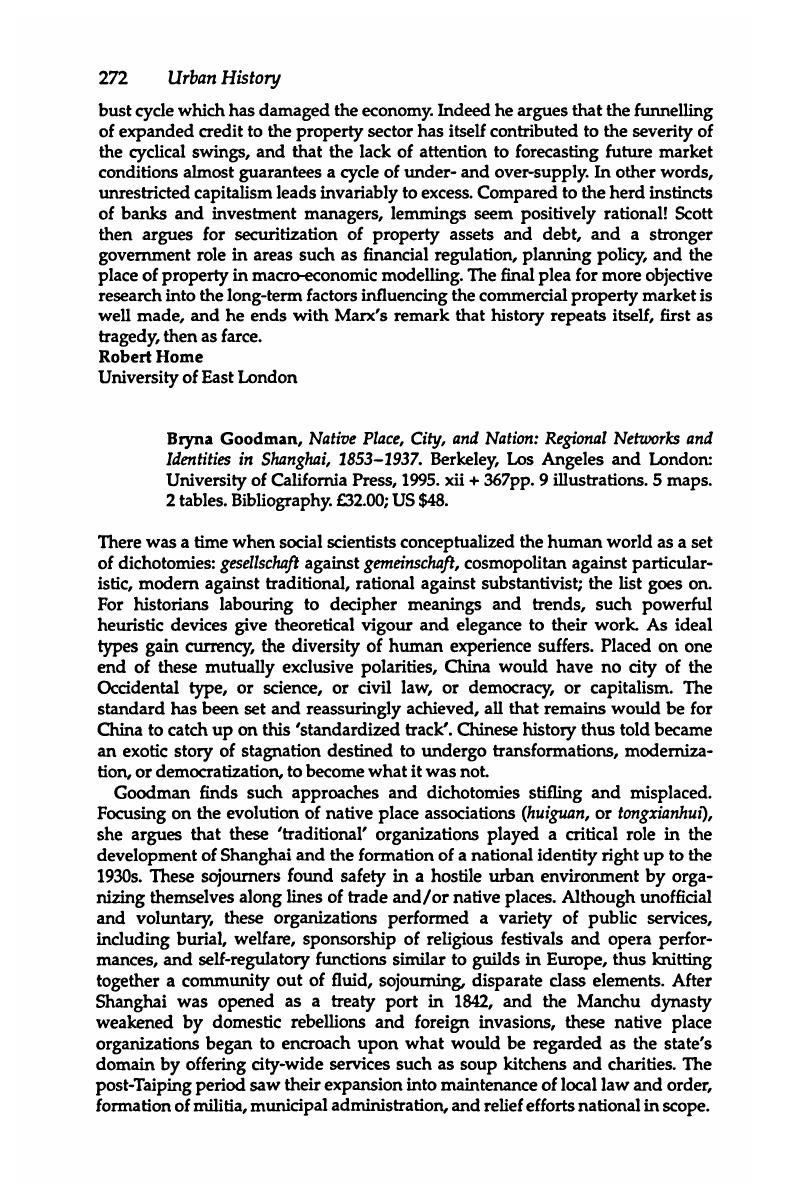No CrossRef data available.
Published online by Cambridge University Press: 12 June 2009

1 To be fair, Habermas is explicitly against transferring his concept ‘to any number of historical situations that represent formally similar constellations’. See Habermas, J., The Structural Transformation of the Public Sphere, trans. Burger, T. (Cambridge, Mass., 1989), xvii.Google Scholar
2 See Haipeng, Zhang et al. (eds), Zhongguo sida shangbang [Ten great merchant groups of China] (Hefei, 1993), 107–23Google Scholar; and Zeyi, Peng (ed.), Zhongguo gongshang hanghui shiliaoji [Historical materials on commercial and handicraft guilds of China] (Beijing, 1995)Google Scholar, passim.
3 Rigen, Wang, Xiangtu zhilian [The chain of native soil] (Tianjin, 1996), 237–41.Google Scholar
4 Such sinews of kinship ties are conveniently documented in Zhejiangsheng zhengxie wenshi ziliao weiyuanhui (ed.), Ningbobang qiyejia de juegi [The rise of industrialists and entrepreneurs from Ningbo] (Zhejiang, 1991)Google Scholar, passim.